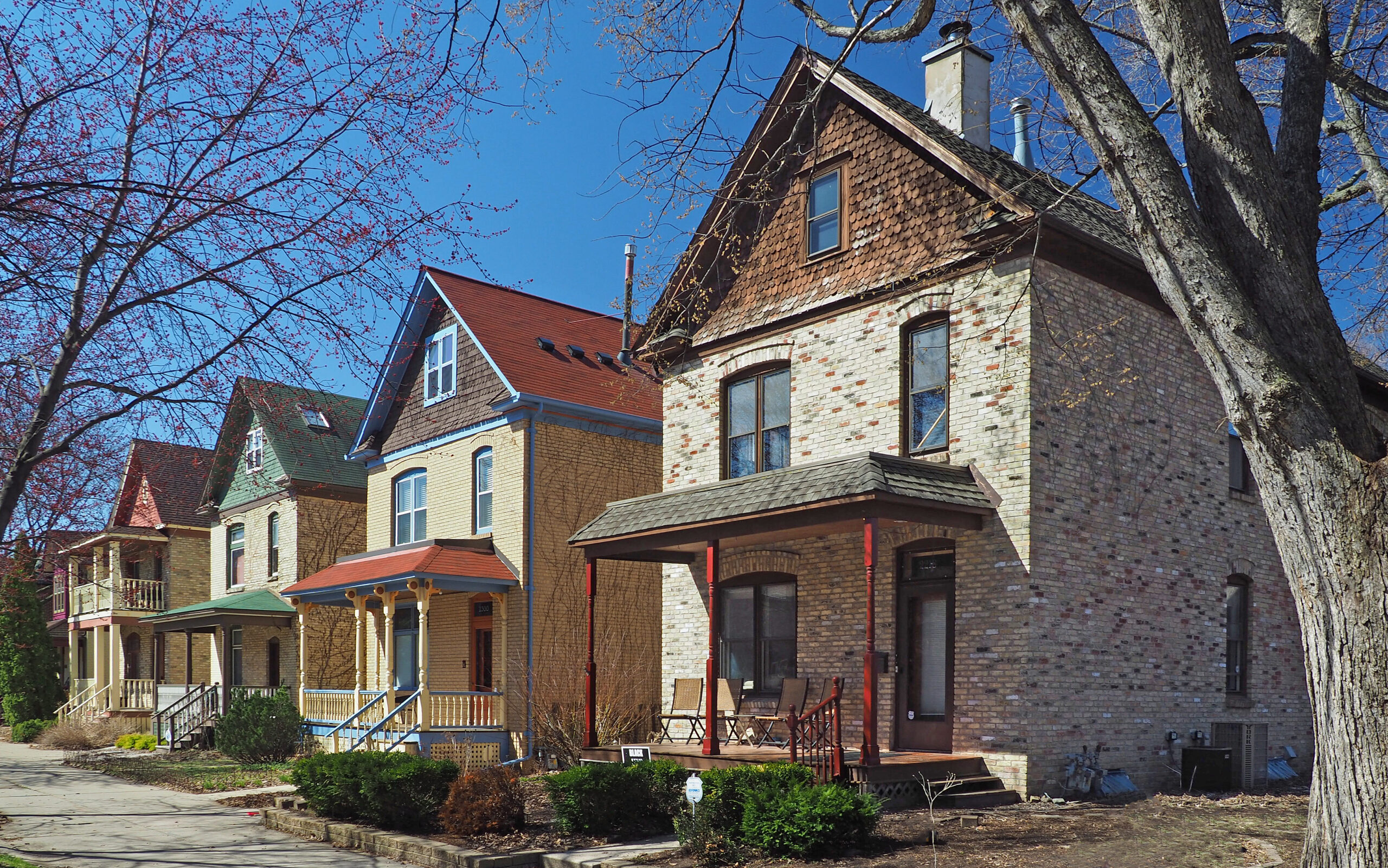More Homes = More Integrated Communities … and Vice-Versa

A new working paper from the Mercatus Center at George Mason University shows strong evidence of the relationship between exclusionary zoning and racial segregation in the Minneapolis–St. Paul region.
Key takeaways:
- Neighborhoods that were zoned exclusively for single-unit homes in the Twin Cities tended to have 21 percent fewer non-white residents compared to similar neighborhoods allowing multifamily housing, even after accounting for price differences.
- Neighborhoods with varying minimum lot sizes had “relatively modest differences” in diversity.
- Because these differences may largely be explained by racial disparities in homeownership, lawmakers “should take into account racial differences in tenure and ensure that housing types suited for both owner and rental occupancy are allowed in all neighborhoods.”
As the nationwide housing shortage persists, the movement for zoning form continues to gain momentum in state legislatures and city halls. The Biden Administration recently hailed California’s SB9 as an important step forward in undoing racist and classist prohibitions on multifamily homebuilding, but Minneapolis was arguably ahead of the curve when the city approved a housing reform package in 2018.
In this working paper, Furth & Webster (2022) examine the implications of zoning reform for racial integration.
Furth & Webster are the first researchers to compile GIS data on zoning designations for each parcel from all 102 municipalities in the Twin Cities metro region, which enabled them to calculate the share of single-unit and multifamily residential zoning in each neighborhood (or, technically speaking, Census blocks). Importantly, this data predates the upzoning that went into effect in Minneapolis in 2020. Reflecting findings in other regions, the authors found that 89 percent of land in Hennepin County that was once subject to racial covenants prohibiting home sales to Black buyers was now subject to single-unit zoning.
Using a spatial regression model to estimate the relationship between multifamily zoning and geographic diversity, the authors “decompose the impact of zoning across differing racial and ethnic groups” by computing the effect of “each major group’s population share on zoning independently.”
The findings are clear: “If a neighborhood’s residential land is zoned for multifamily housing, it has, on average, a non-White population share that is 21 percentage points higher than that of an equally situated neighborhood zoned for single-family housing.” The evidence shows that the differences in homeownership are not due to “cultural differences,” but rather that zoning precludes the availability of smaller “starter homes” in affluent, whiter neighborhoods and exacerbates the racial wealth gap.
Another variable helps illustrates this pattern, albeit weakly: “Minimum lot size has a negative and significant relationship with non-White population share, but the magnitude is modest.” However, “controlling for median home price completely eliminates the association between race and minimum lot size, however expressed.”
The authors hypothesize that zoning enforces racial exclusion not through higher prices, but by limiting opportunities for homeownership. In short: “zoning is closely linked to typology, typology is closely linked to tenure, and tenure differs sharply across races.”
Because multifamily housing is more likely to be rented than owned, neighborhoods with more multifamily housing are more likely to be diverse, even after accounting for income. “Part of the explanation is the difference in incomes,” the authors explain – however, “non-White households are much more likely than White households to rent at all income levels.”
Thus it is zoning itself, not just the sticker price of new housing, that is more strongly correlated with racial segregation. Simply put: “zoning has the effect of sorting racial minorities into relatively small districts zoned for multifamily and middle housing.”
The racial wealth gap is especially severe in the Twin Cities area, as the authors report: “Black-headed households earning around $100,000 per year have a homeownership rate about equal to White-headed households earning around $20,000.” Excluding renters from neighborhoods thus excludes people of color, while also making it harder for renters to become homeowners.
Photo by McGhiever, CC BY-SA 4.0 https://creativecommons.org/licenses/by-sa/4.0, via Wikimedia Commons